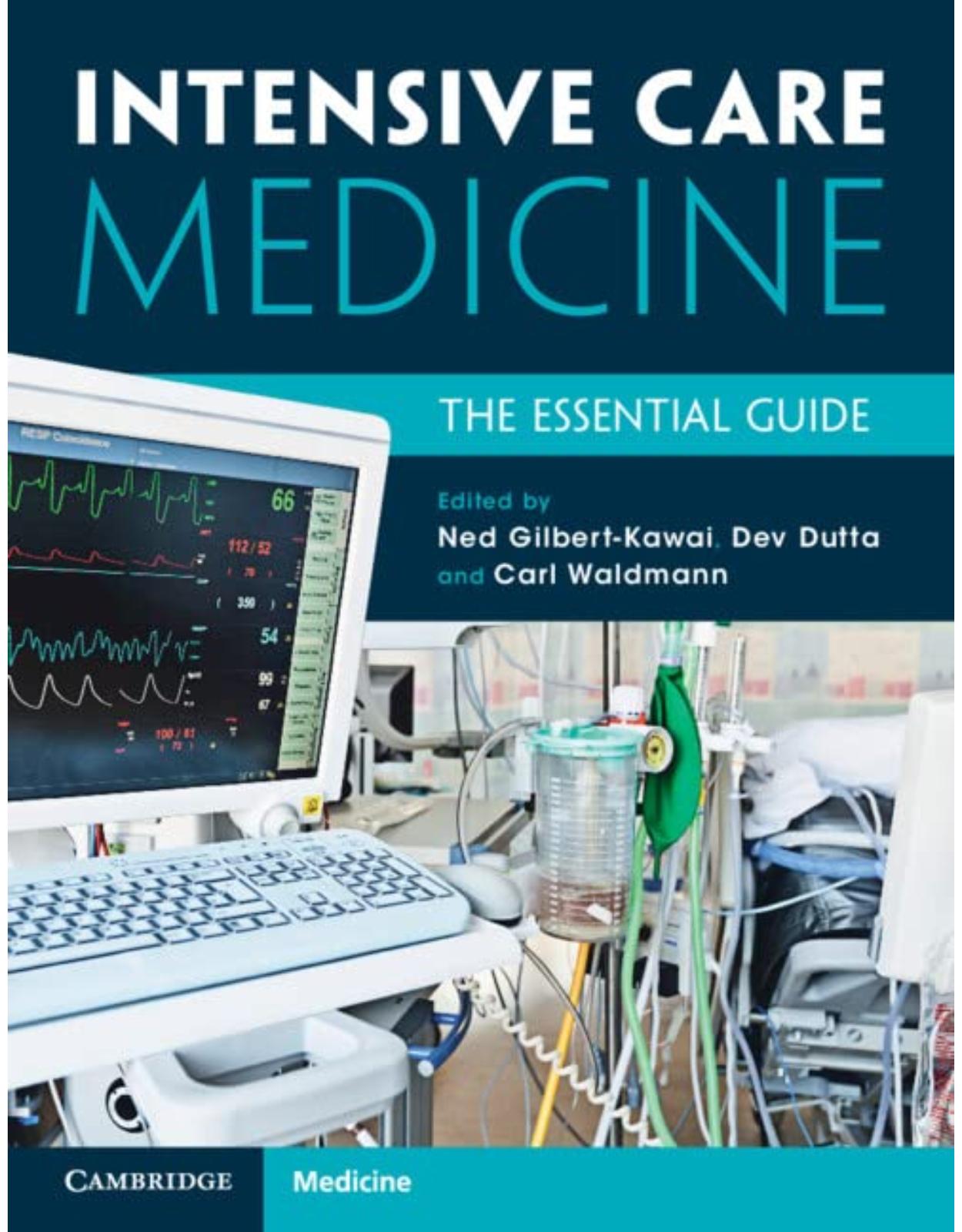
Intensive Care Medicine: The Essential Guide
Livrare gratis la comenzi peste 500 RON. Pentru celelalte comenzi livrarea este 20 RON.
Disponibilitate: La comanda in 3-4 saptamani
Editura: Cambridge University Press
Limba: Engleza
Nr. pagini: 500
Coperta: Paperback
Dimensiuni:
An aparitie: 31 Jul 2023
Description:
Exams are an essential component of one's training pathway in the quest to become a Consultant. For trainees undertaking a career in Intensive Care Medicine (ICM), sadly this is no exception, however, herewith is a suitable text to aid you upon that arduous journey towards the completion of your training – hurrah! Written in an accessible style, chapters follow a consistent layout throughout, including numerous images and tables, key learning points, and further reading. Experts in all of the main specialties provide specific and detailed knowledge of individual subject areas considered to be fundamental to one's ICM knowledge base. The authors cover a broad spectrum of topics including therapeutic interventions and organ support, paediatric care, comfort and recovery, psychiatric disorders, and end of life care. An essential preparation textbook and revision aid for exam candidates in Intensive Care Medicine, the book is a useful guide for mentors and trainees too.
Table of Contents:
Section 1: Resuscitation and Management of the Acutely Ill Patient
1.1 General Introduction to the Recognition, Assessment and Stabilisation of the Acutely Ill Patient
1.2 Management of Cardiopulmonary Resuscitation – Advanced Life Support
1.3 Principles of Management of the Patient Post-resuscitation
1.4 Principles of Triaging and Prioritising Patients Appropriately, Including Timely Admission to IC
1.5 Initial Assessment and Management of the Trauma Patient
1.6 Principles of Assessment and Initial Management of the Patient with Burns
1.7 Description and Management of Mass Casualties
Section 2: Diagnosis, Assessment, Investigation, Monitoring and Data Interpretation
2.1 Principles of Obtaining a History
2.2 Principles of Performing an Accurate Clinical Examination
2.3 How to Undertake Timely and Appropriate Investigations
2.4 General Principles of Performing and Interpretation of Electrocardiography Results
2.5 General Principles of Obtaining Appropriate Microbiological Samples and Interpretation of Result
2.6 Obtaining and Interpretation of Results from Blood Gas Samples (Acid–Base Balance and Disorder
2.7 Principles of Interpreting Imaging Studies (X-ray/CT/MRI)
2.8 Imaging of the Chest
2.9 Imaging of the Head
2.10 Imaging of the Abdomen
2.11 Importance of Monitoring and Responding to Trends in Physiological Variables
2.12 How to Integrate Clinical Findings with Laboratory Investigations to Form a Differential Diagno
Domain 3: Disease Management: Recognition, Causes and Management
Section 3.1: Cardiac and Circulatory failure
3.1.1 Acute Coronary Syndromes
3.1.2 Cardiac Pacing, Implantable Cardioverter–Defibrillators and Cardiac Resynchronisation Therap
3.1.3 Acute Heart Failure
3.1.4 Valvular Heart Disease
3.1.5 Congenital Heart Disease
3.1.6 Endocarditis
3.1.7 Management of Hypertensive Crises
3.1.8 Atrial fibrillation in the Intensive Care Unit
3.1.9 Myocarditis
3.1.10 Pericardial Disease
3.1.11 Shock
3.1.12 Aortic Dissection
Section 3.2: Acute Renal Failure
3.2.1 Acute Kidney Injury
Section 3.3: Acute Liver Failure
3.3.1 Acute-on-Chronic Liver Failure
3.3.2 Jaundice
3.3.3 Ascites
3.3.4 Portal Hypertension
3.3.5 Hepatorenal Syndrome and Hepatopulmonary Syndrome
3.3.6 Encephalopathy
Section 3.4: Neurological Impairment and Injury
3.4.1 Decreased Consciousness
3.4.2 Seizures and Status Epilepticus
3.4.3 Acute Cerebrovascular Accident and Its Complications
3.4.4 Meningitis
3.4.5 Tetanus
3.4.6 Delirium
3.4.7 Neuromuscular Disorders
3.4.8 Non-traumatic Spinal Cord Injury
Section 3.5: Acute Gastrointestinal Failure
3.5.1 Gastrointestinal Haemorrhage
3.5.2 Acute Pancreatitis
3.5.3 Peritonitis and the Acute Abdomen
3.5.4 Ileus and Bowel Obstruction
3.5.5 Intra-abdominal Hypertension and Abdominal Compartment Syndrome
Section 3.6: Acute Respiratory Failure
3.6.1 Pulmonary Embolism
3.6.2 Asthma
3.6.3 Chronic Obstructive Pulmonary Disease
3.6.4 Pneumonia
3.6.5 Acute Respiratory Distress Syndrome
3.6.6 Pulmonary Oedema
3.6.7 Pulmonary Hypertension
Section 3.7: Infection and Immunity
3.7.1 Anaphylaxis
3.7.2 Host Defence Mechanisms and Immunodeficiency Disorders
3.7.3 HIV and AIDS
3.7.4 Sepsis and Septic Shock
3.7.5 Multiple Organ Dysfunction Syndrome
3.7.6 Nosocomial Infections
3.7.7 Severe Soft Tissue Disorders
3.7.8 Principles of Antibiotic Use in Intensive Care
3.7.9 Mechanism of Action and Activity of Commonly Used Antibiotics
3.7.10 Antibiotic Prophylaxis, Resistance and Future Directions
3.7.11 Anti-fungal Therapies
3.7.12 Antiviral Therapies
3.7.13 Malaria and Tropical Diseases
3.7.14 The COVID-19 Pandemic
Section 3.8: Intoxication with Drugs or Environmental Toxins
3.8.1 Toxicology
Section 3.9: Obstetrics and Maternal Peripartum Complications
3.9.1 Obstetric Emergencies
3.9.2 Pre-eclampsia and Eclampsia
3.9.3 Pre-existing Disease in Pregnancy
Section 3.10: Haematological and Oncological Disorders
3.10.1 Disorders of Haemostasis in Intensive Care
3.10.2 Thrombotic Disorders in Intensive Care
3.10.3 Anticoagulation, Bridging and Emergency Reversal in Intensive Care
3.10.4 General Haematology for Intensive Care
3.10.5 Malignant Haematology in Intensive Care
3.10.6 Haemostasis, Coagulopathies and the Bleeding Patient
Section 3.11: Metabolic Disorders
3.11.1 Acute Electrolyte Abnormalities – An Overview
3.11.2 Sodium
3.11.3 Potassium
3.11.4 Calcium
3.11.5 Magnesium
3.11.6 Phosphate
Section 3.12: Endocrine Disorders
3.12.1 Diabetic Emergencies
3.12.2 Syndrome of Inappropriate Anti-diuretic Hormone Secretion
3.12.3 Diabetes Insipidus and Other Polyuric Syndromes
3.12.4 Thyroid Emergencies
3.12.5 Adrenocortical Insufficiency in Critical Illness
Section 3.13: Severe Trauma and Multiple Injuries
3.13.1 Traumatic Brain Injury
3.13.2 Maxillofacial and Upper Airway Injuries
3.13.3 Traumatic Chest Injuries
3.13.4 Traumatic Spinal Cord Injuries
3.13.5 Traumatic Abdominal and Pelvic Injuries
3.13.6 Mediastinitis
Section 3.14: Environmental Injuries
3.14.1 Drowning
3.14.2 Burns
3.14.3 Thermal Disorders
3.14.4 Envenomation
3.14.5 Ballistic Injuries
Section 3.15: Psychiatric Disorders Encountered in Intensive Care
3.15.1 Capacity and Consent Issues in Intensive Care
3.15.2 Managing Aggression in Intensive Care
3.15.3 Overdose, Serotonin Syndrome and Neuroleptic Malignant Syndrome
3.15.4 Suicidal Patients in Intensive Care
3.15.5 Anxiety, Psychological Trauma and the Difficult Patient in Intensive Care
3.15.6 Substance Misuse and Withdrawal in Intensive Care
3.15.7 Staff Burnout in Intensive Care
Section 4: Therapeutic Interventions and Organ Support
4.1 Principles of Safe Prescription of Drugs and Therapeutics (Including Pharmacokinetics, Pharmacod
4.2 Antibiotic Management and Monitoring
4.3 Administration of Blood and Blood Products in Intensive Care
4.4 Monitoring Coagulation, Including Thromboelastography
4.5 Fluids, Inotropes and Vasopressors, Vasodilators and Anti-hypertensives
4.6 Principles of Mechanical Circulatory Support in the Acute Setting
4.7 Mechanical Ventilation: Initiation, Maintenance and Weaning
4.8 Renal Replacement Therapy in Critical Care
4.9 Nutritional Assessment and Support in Intensive Care (Enteral and Parenteral Nutrition)
4.10 Neuromonitoring and Cerebral Protection
Domain 5: Practical Procedures
Section 5.1: Practical Respiratory System
5.1.1 Oxygen Administration in Intensive Care
5.1.2 Emergency Front of Neck Airway Management
5.1.3 Difficult Intubation Guidelines and Failed Airway Management
5.1.4 Principles of Performing Fibreoptic Bronchoscopy and Broncho-alveolar Lavage in the Intubated
5.1.5 Percutaneous Tracheostomies and Management of Tracheostomy Emergencies
5.1.6 Chest Drain Insertion
5.1.7 Lung Ultrasound
5.1.8 Lung Function Testing
Section 5.2: Practical Cardiovascular System
5.2.1 Arterial Line Insertion
5.2.2 Use of Ultrasound for Vascular Localisation
5.2.3 Central Venous Catheterisation
5.2.4 Pulmonary Artery Catheterisation: Insertion and Interpretation
5.2.5 Principles of Defibrillation and Cardioversion
5.2.6 Cardiac Pacing, Implantable Cardioverter–Defibrillators and Cardiac Resynchronisation Therap
5.2.7 Needle Pericardiocentesis in Intensive Care
5.2.8 Cardiac Output Measurement and Interpreting the Derived Data
5.2.9 Echocardiography in Intensive Care
Section 5.3: Practical Central Nervous System
5.3.1 Principles of Performing a Lumbar Puncture (Intradural/‘Spinal’)
5.3.2 Management and Administration of Analgesia via an Epidural Catheter
Section 5.4: Practical Gastrointestinal System
5.4.1 Abdominal Paracentesis
5.4.2 Sengstaken–Blakemore Tube Insertion
5.4.3 Nasogastric Tube Placement and Position Confirmation
Section 5.5: Practical Genitourinary System
5.5 Urinary Catheterisation
Section 6: Perioperative Care
6.1 Management of Pre- and Post-operative Care of the High-Risk Surgical Patient
6.2 Management of the Critical Care Patient Following Cardiac Surgery
6.3 Management of the Critical Care Patient Following Craniotomy
6.4 Management of the Critical Care Patient Following Liver Transplant
6.5 Management of the Critical Care Patient Following Heart Transplant
6.6 Management of the Critical Care Patient Following Lung Transplant
6.7 Pre- and Post-operative Management of the Critical Care Trauma Patient
6.8 Management of the Critical Care Patient Following Major Abdominal Surgery
Section 7: Comfort and Recovery
7.1 How to Identify and Attempt to Minimise the Physical and Psychosocial Consequences of Critical I
7.2 Principles of Assessment, Prevention and Treatment of Pain in Intensive Care
7.3 Sedation and Neuromuscular Blockade in Intensive Care
7.4 Intensive Care Unit-Acquired Weakness and Physical Rehabilitation
7.5 Follow-Up after Critical Illness
Section 8: End-of-Life Care
8.1 How to Manage the Process of Withholding or Withdrawing Treatment with the Multidisciplinary Tea
8.2 How to Discuss End-of-Life Care with Patients and Their Families/Surrogates
8.3 Managing Palliative Care of the Critically Ill Patient
8.4 Brainstem Death Testing
8.5 Physiological Support of the Organ Donor
8.6 Management of Organ Donation Following Circulatory Death
Section 9: Paediatric Care
9.1 Assessment and Management of the Sick Child
9.2 Organisation of Paediatric Intensive Care and Paediatric Intensive Care Transport Services in th
9.3 Safeguarding and Non-accidental Injury
9.4 Respiratory Failure
9.5 Paediatric Sepsis
9.6 Acute Neurological Disorders
9.7 The Collapsed Infant
9.8 Congenital Heart Disease
9.9 Trauma
9.10 Acute Liver Failure, Inborn Errors of Metabolism and Diabetic Ketoacidosis
9.11 Analgesia and Sedation in the Paediatric Intensive Care Unit
Section 10: Transport
10.1 Principles of Transport of the Mechanically Ventilated Critically Ill Patient outside the ICU
10.2 Pre-hospital (Helicopter) Emergency Medical Services
Section 11: Professionalism, Patient Safety, Governance and Health Systems Management
11.1 Leading the Daily Intensive Care Ward Round
11.2 Principles and Compliance with Local Infection Control Measures
11.3 Principles of Outcome Prediction, Prognostic Indicators and Treatment Intensity Scales and Limi
11.4 Scoring Systems for Severity of Illness in Critical Care
11.5 Managerial and Administrative Responsibilities of the Intensive Care Medicine Specialist
11.6 Communication in Intensive Care
11.7 Professional Relationships with Members of the Healthcare Team
11.8 Legal and Ethical Issues in Intensive Care
11.9 The Legal Framework
11.10 CoBaTrICE: The Importance of Learning Opportunities and Integration of New Knowledge in Clinic
Index
| An aparitie | 31 Jul 2023 |
| Autor | Ned Gilbert-Kawai, Debashish Dutta, Carl Waldmann |
| Editura | Cambridge University Press |
| Format | Paperback |
| ISBN | 9781108984423 |
| Limba | Engleza |
| Nr pag | 500 |
-
1,10300 lei 95000 lei

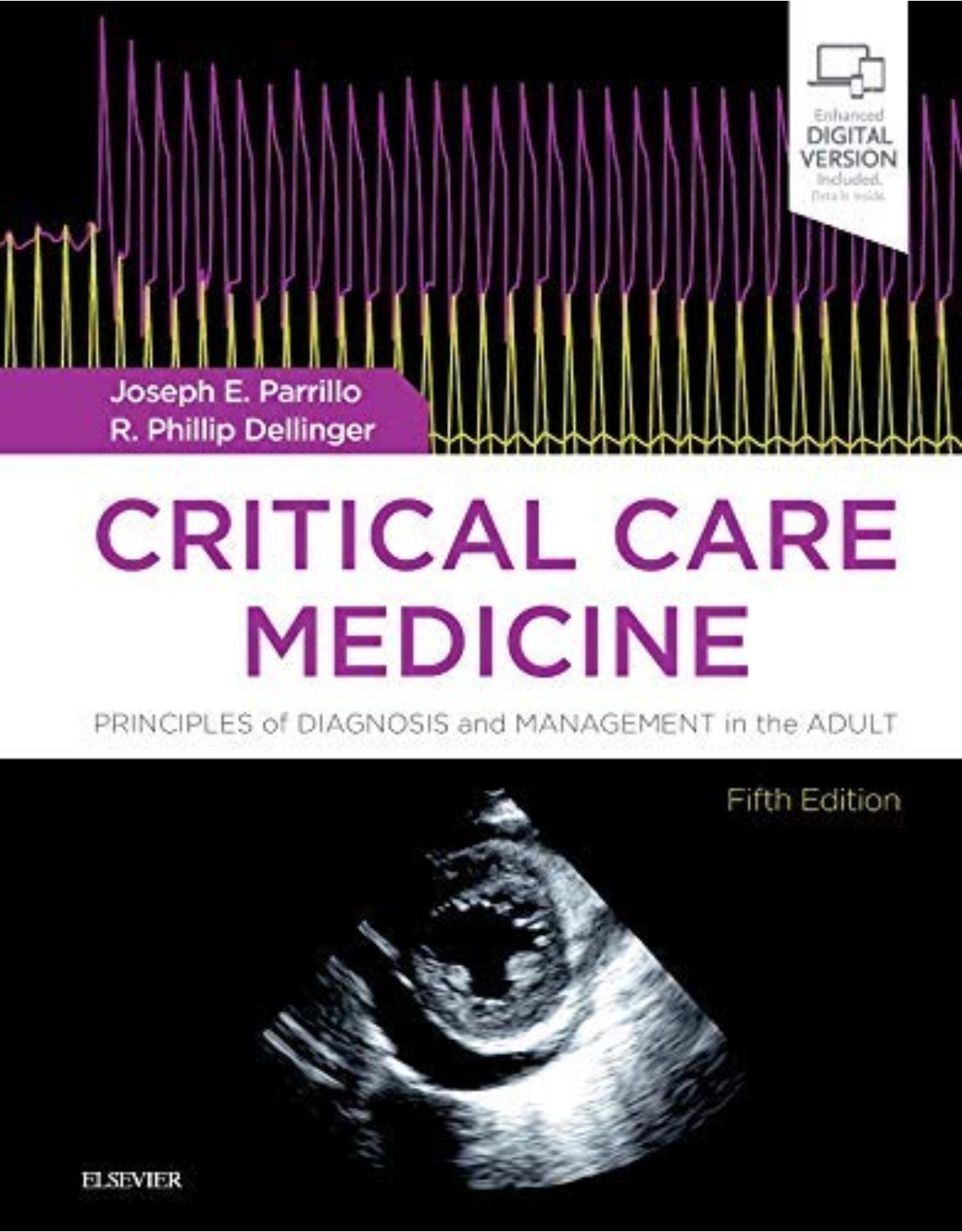
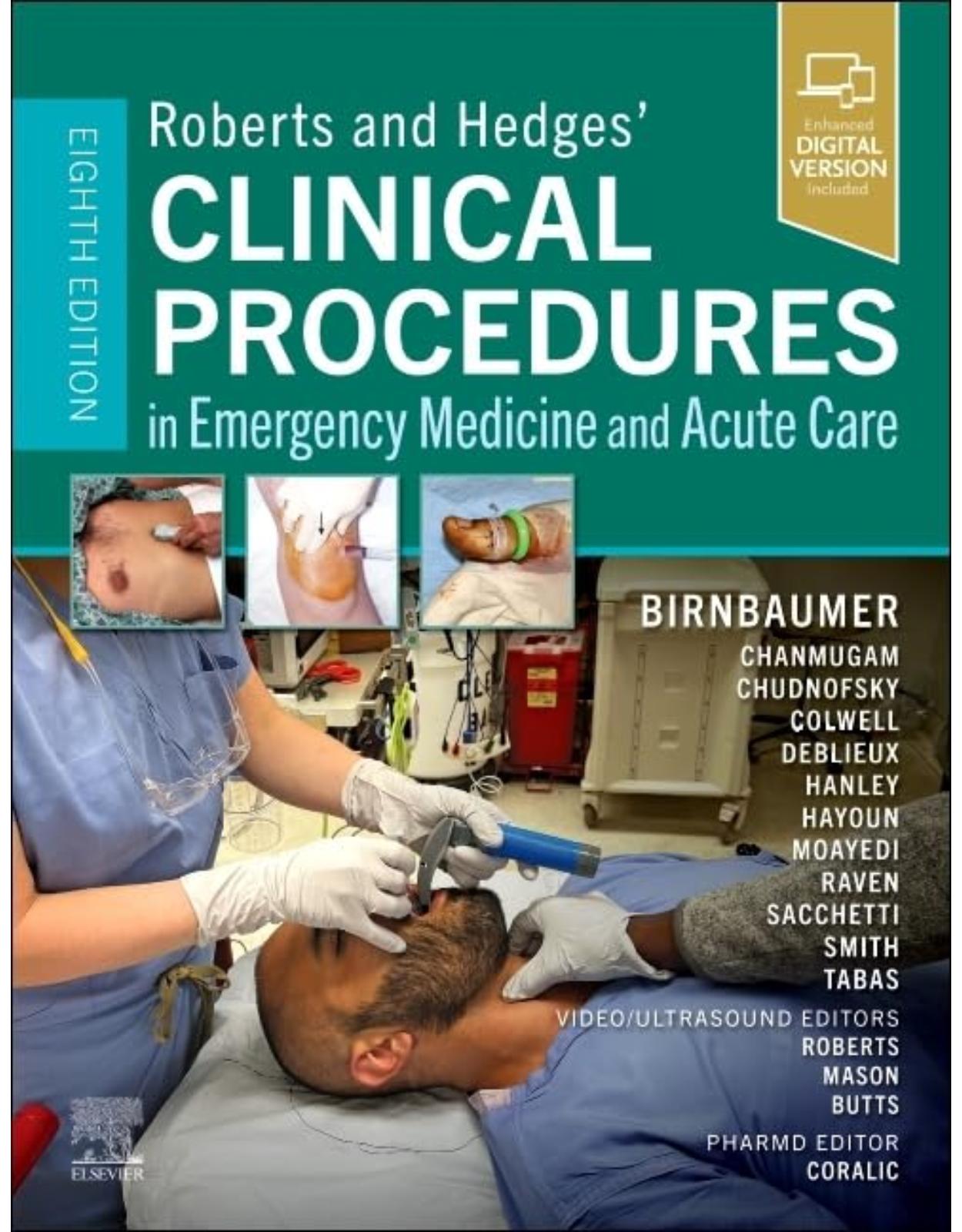
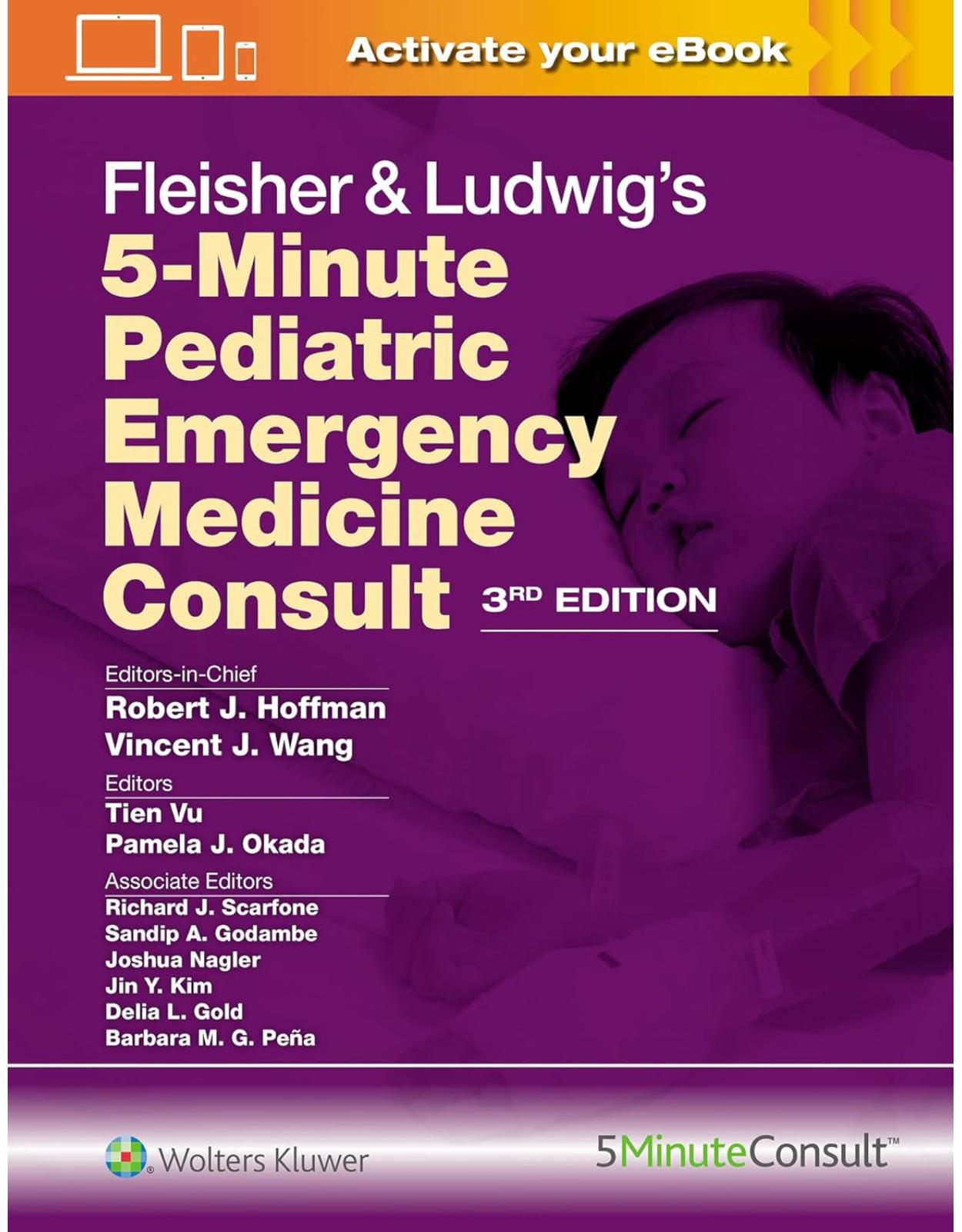
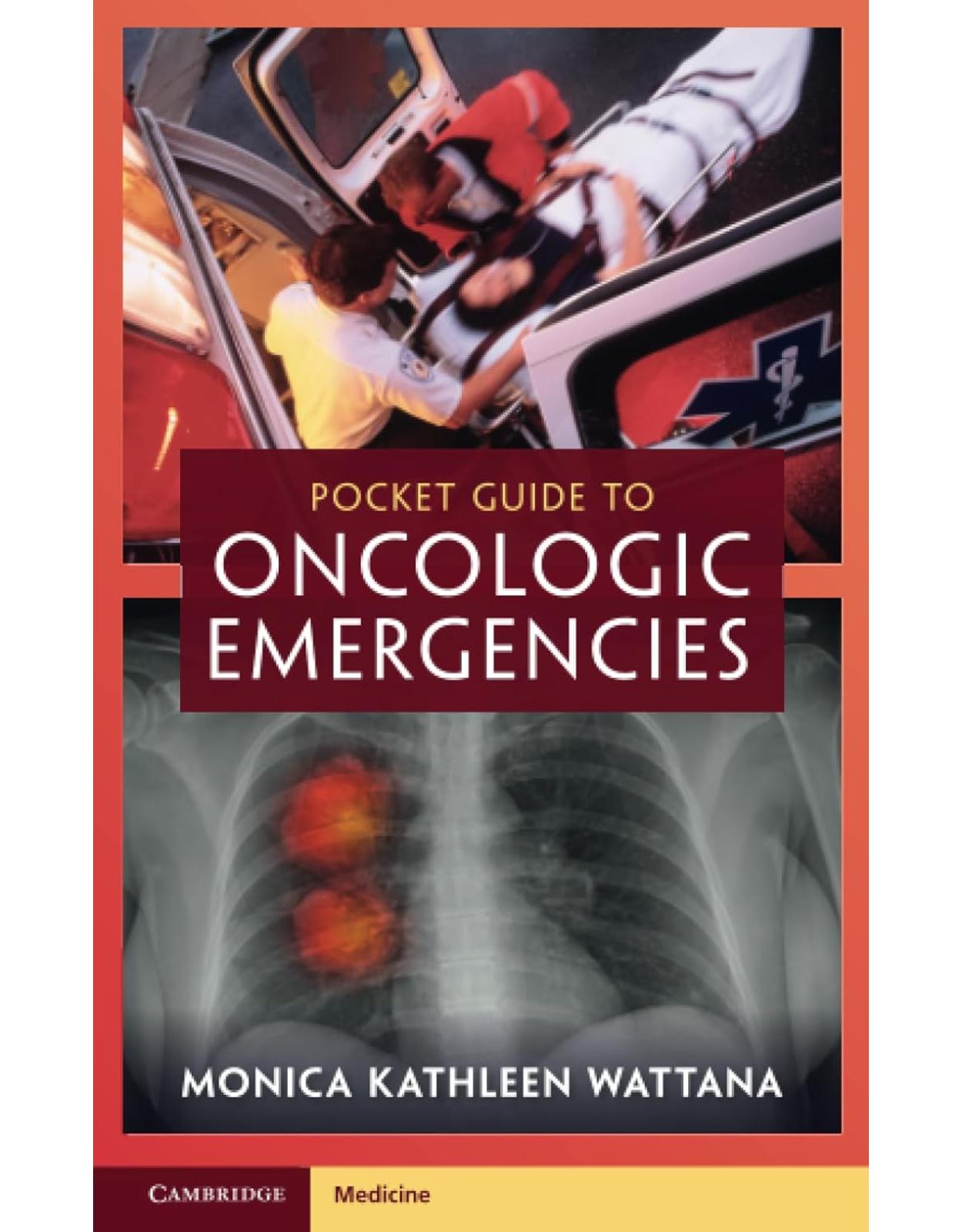
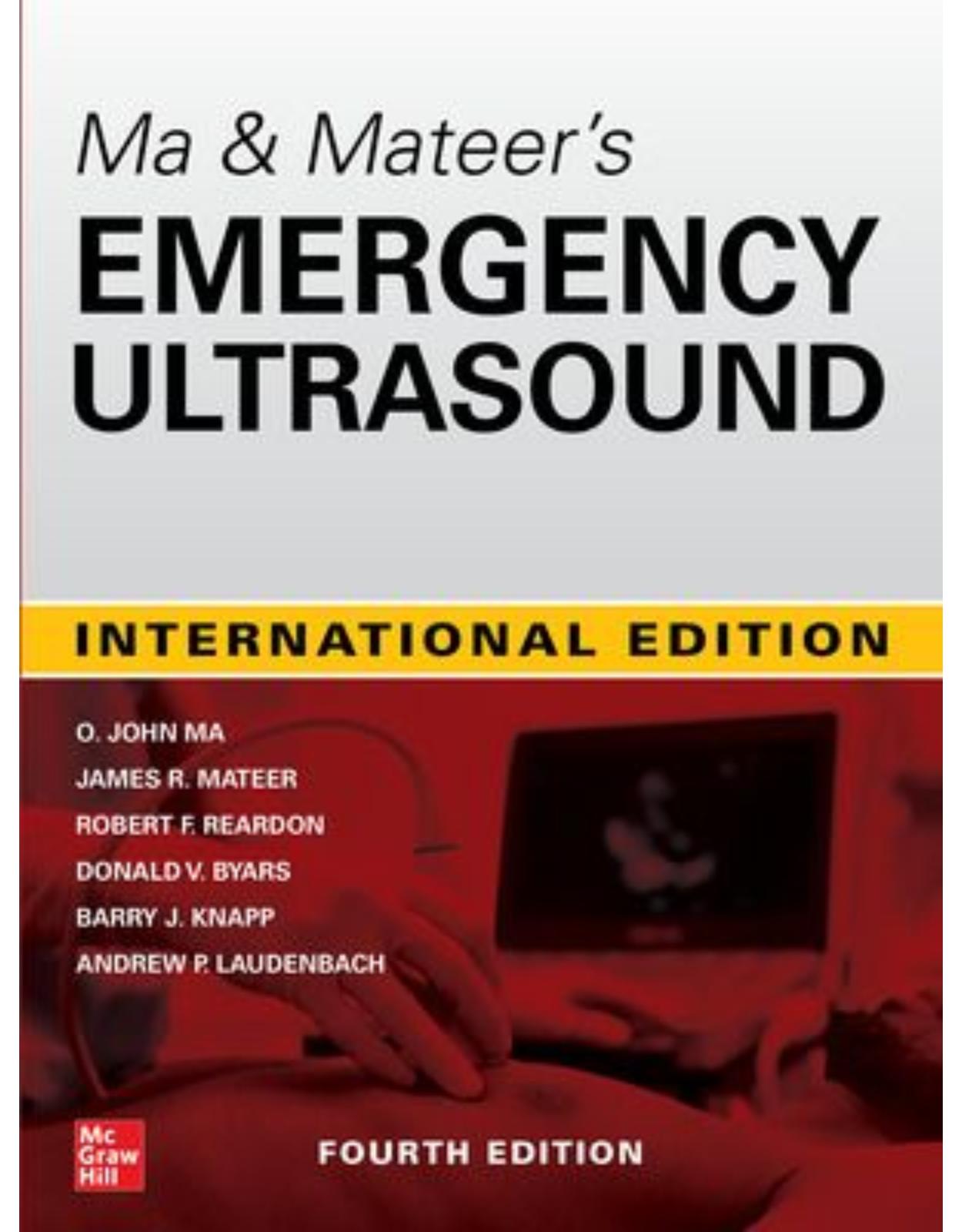
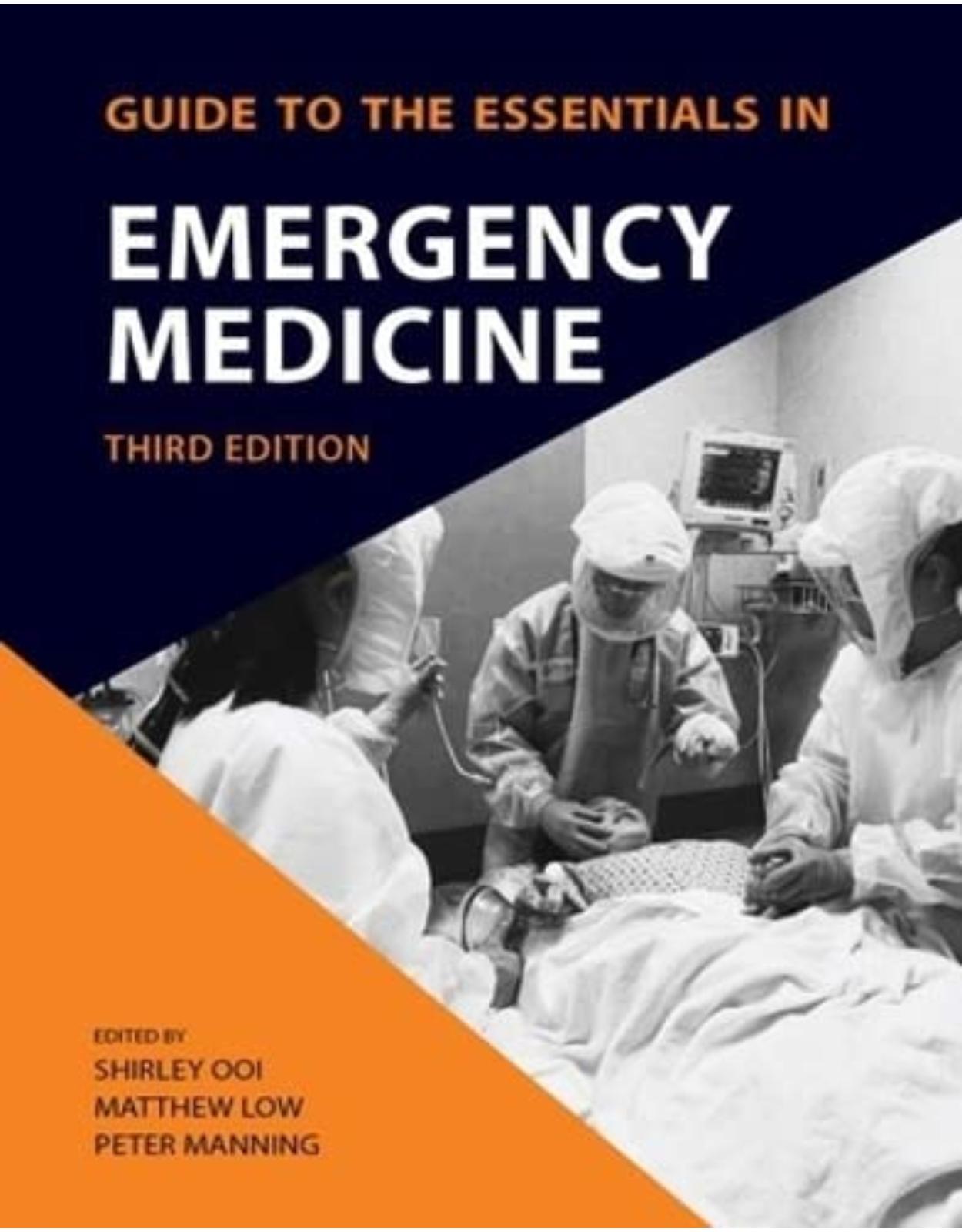
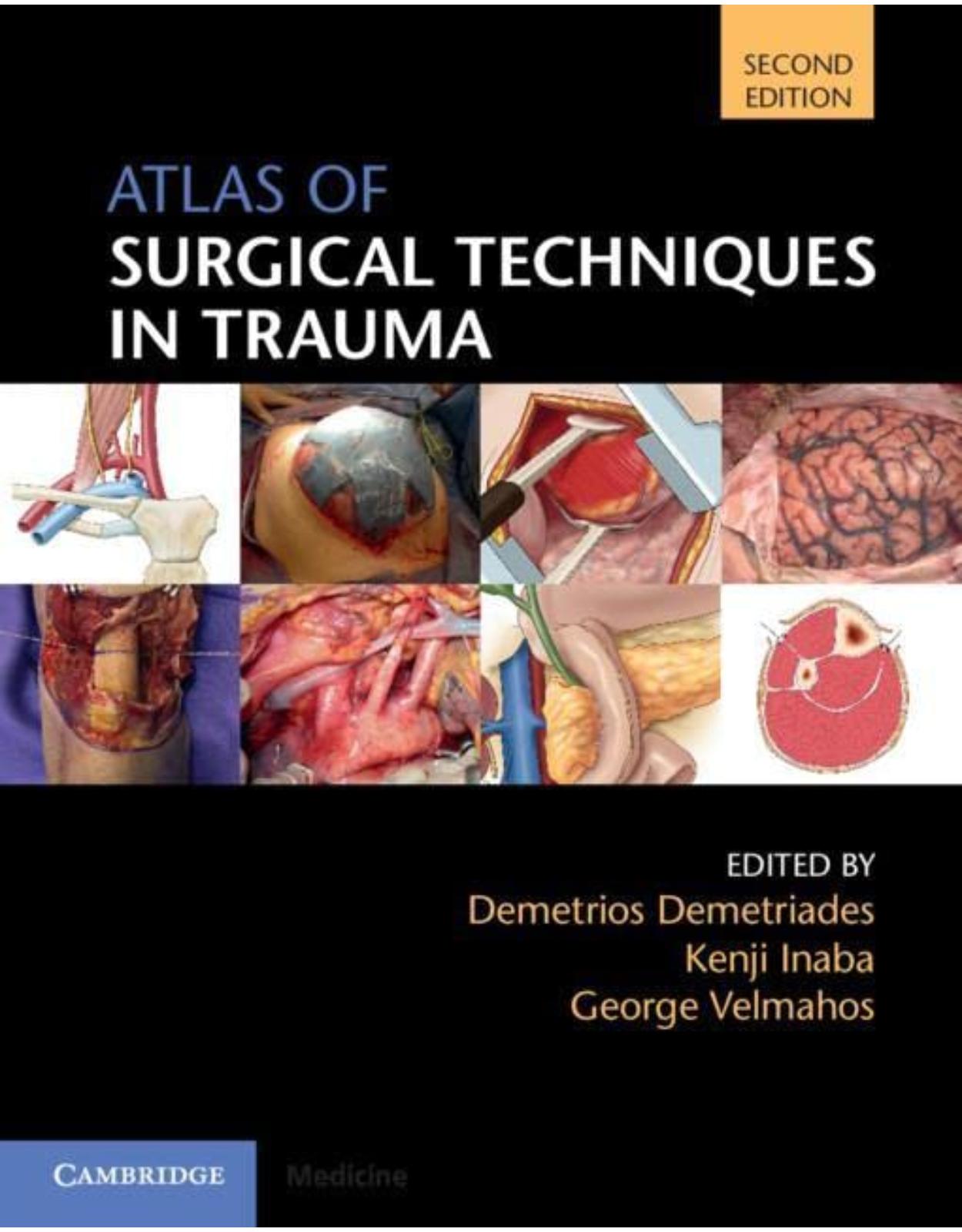
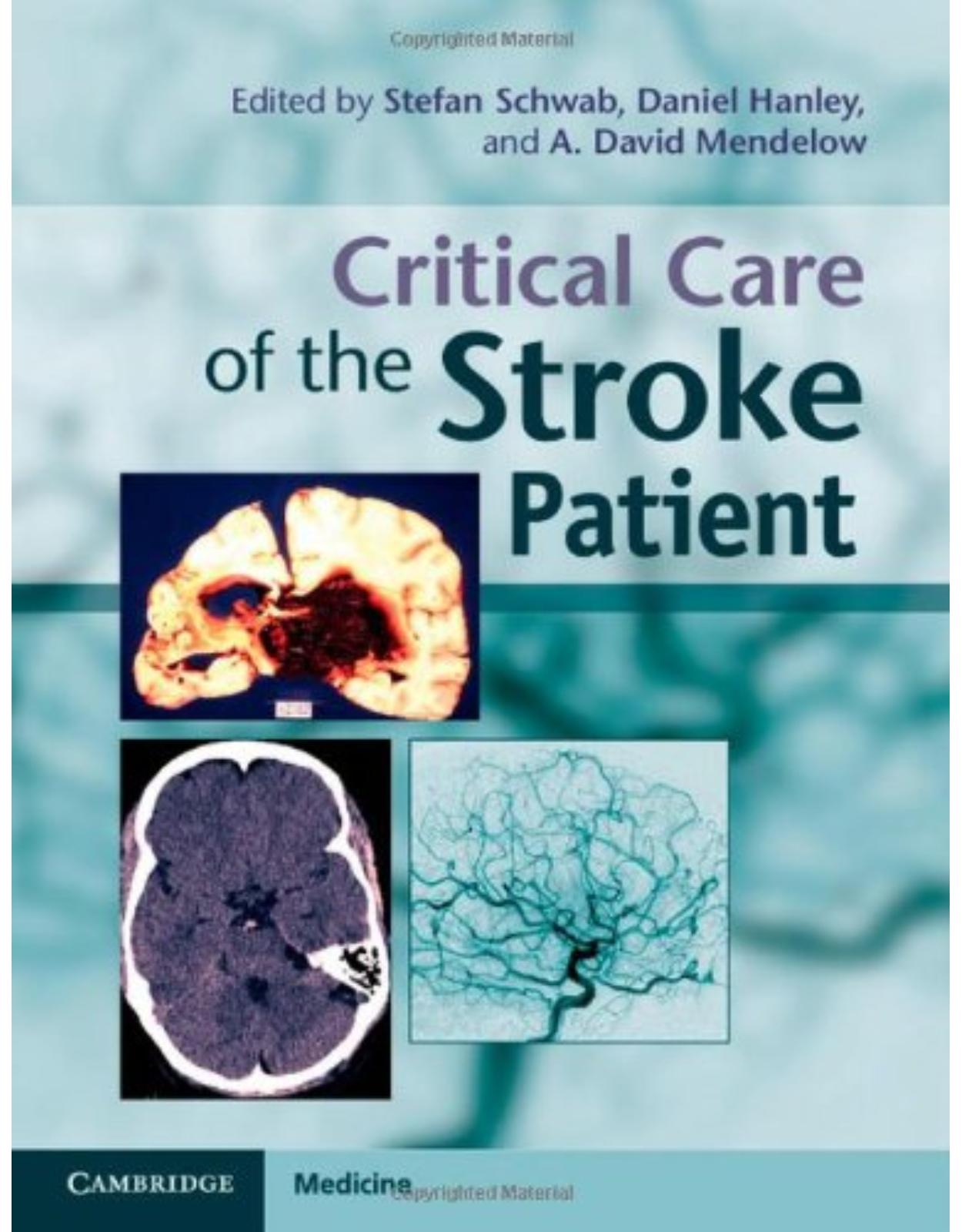
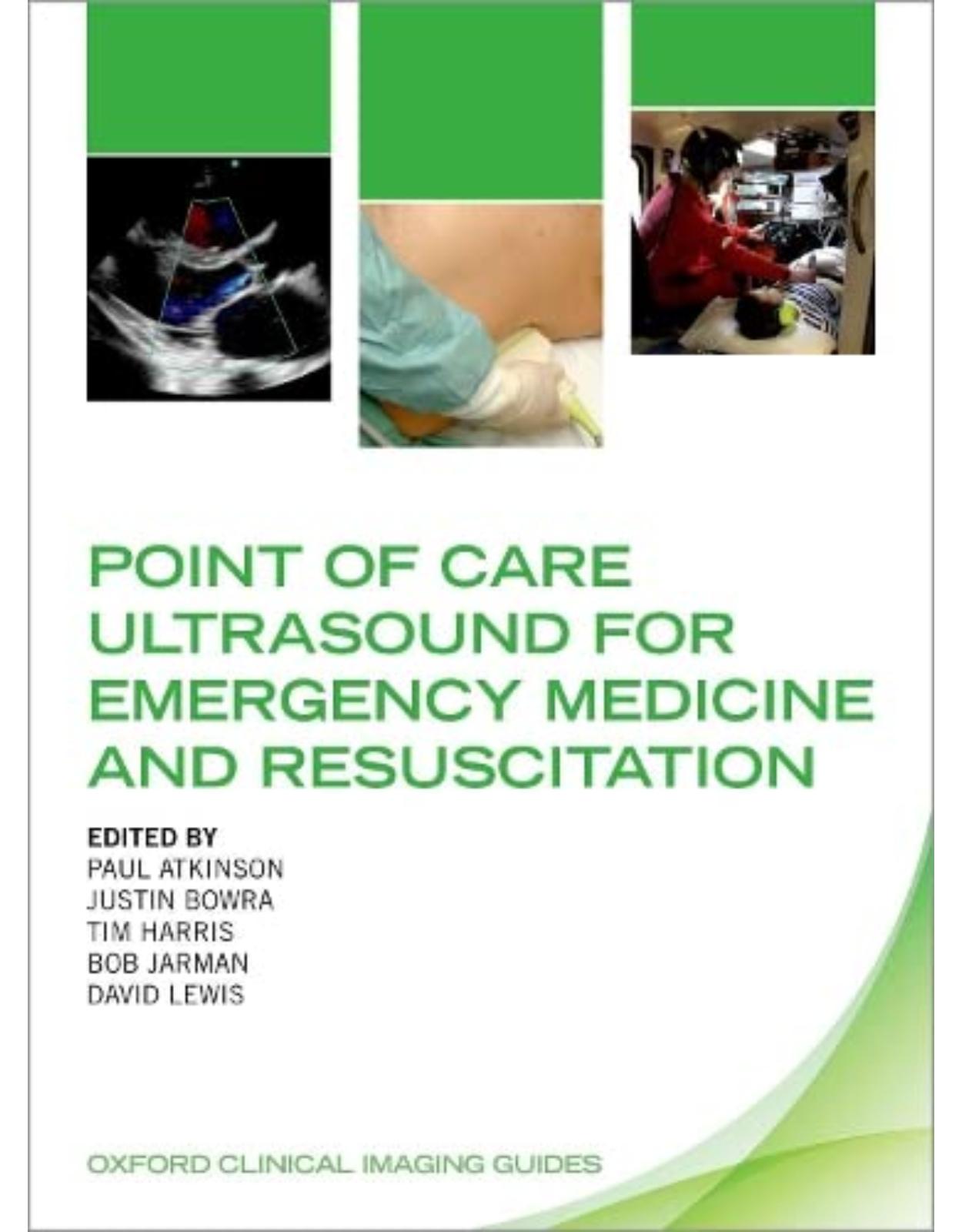
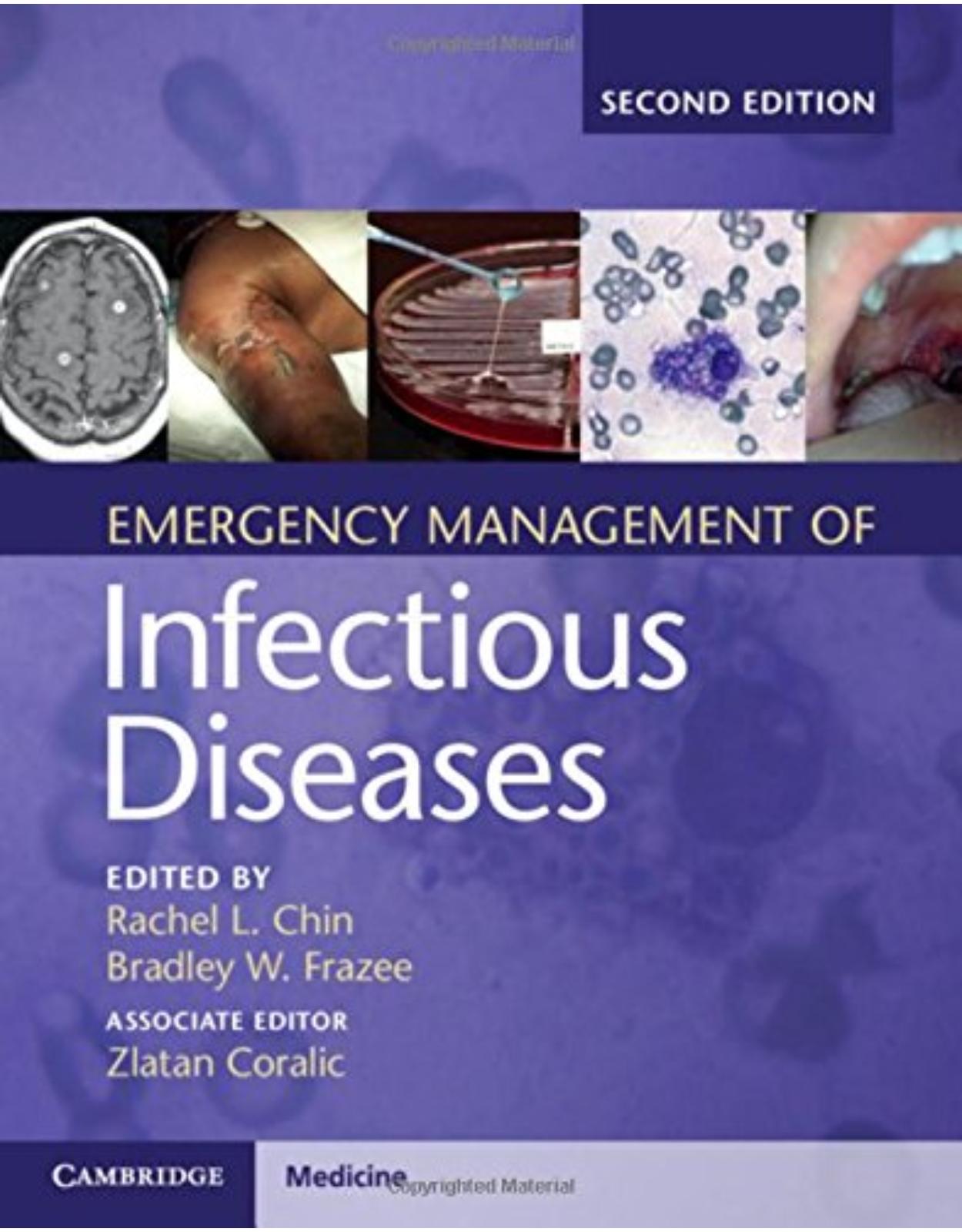
Clientii ebookshop.ro nu au adaugat inca opinii pentru acest produs. Fii primul care adauga o parere, folosind formularul de mai jos.